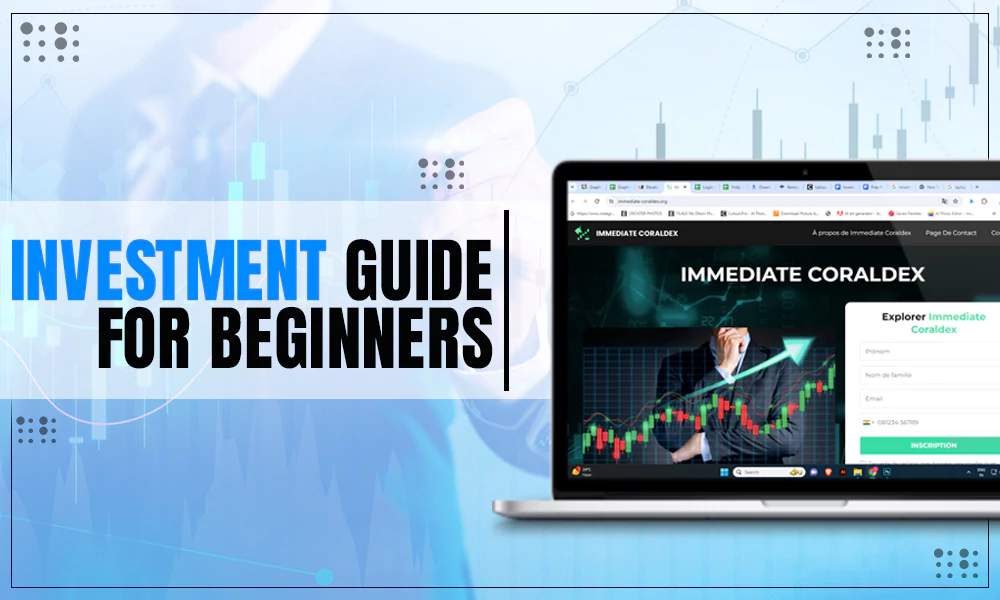The Best Forex Strategy for Your Business

In the world of finance, trading foreign currency has become an increasingly popular way to make investments and generate profits.
With so many options and strategies available, it can be difficult for businesses to know where to start when it comes to trading. Trading forex involves trillions of dollars daily, making the forex market the world’s largest and most liquid market. That’s why finding the best forex strategy is crucial for success in such a lucrative and competitive market.
Trading forex involves buying and selling currencies to profit from fluctuations in their exchange rates. With the right tools and knowledge, you can develop a winning forex strategy and succeed in this dynamic and exciting market.
Choosing the best approach requires careful consideration of several factors, including your financial goals, risk tolerance, and trading experience. Some of the most popular and effective forex trading strategies include technical analysis, fundamental analysis, and price action trading.
It’s important to research and test different strategies before committing to one and to stay up to date on market trends and news that could impact currency exchange rates. With that in mind, here’s a breakdown of the three most popular trading strategies for businesses.
Technical Analysis
Technical analysis is a popular and effective trading strategy that uses charts and indicators to identify trends and patterns in market data. The main objective of technical analysis is to choose a timeframe that aligns with your trading goals, ranging from a minute-by-minute chart to a monthly one, depending on your trading objectives.
The next step is to identify influential trends that affect your chosen currencies. A trend is a general direction in which the market is moving. Trends can be up, down, or sideways, as well as short-term, medium-term, or long-term.
You also need to look at support and resistance levels. Support and resistance levels are price levels at which the market has historically had difficulty moving beyond. These levels can help you identify potential entry and exit points for trades.
Next are technical indicators: these are mathematical calculations based on market data that can also help you recognize trends and possible entry and exit points. Some popular technical indicators include moving averages, the relative strength index (RSI), and stochastic oscillators.
It’s important to note that technical analysis can help you identify potential trades, but you must manage your risk through stop-loss orders with predetermined entry and exit points. By using accurate indicators and monitoring market data, you can make informed decisions about when to buy and sell for maximum profit and minimal loss.
Fundamental Analysis
The second popular strategy is fundamental analysis, which involves analyzing economic and financial data to determine the intrinsic value of a currency and make informed trading decisions based on that information.
In order to conduct a fundamental analysis, your business must first choose economic indicators relevant to the currency pairs you are trading. These indicators may include Gross Domestic Product (GDP), inflation and unemployment rates, central bank interest rates, and other data points.
Once the relevant economic indicators are identified, the data needs to be collected and analyzed, which involves reading reports, examining charts and graphs, and staying up to date on current events that may impact the economy.
Using the data you have collected, you can then determine the currency’s intrinsic value, looking at factors such as the strength of the economy, the political landscape, and other variables that may impact the currency’s value.
If the intrinsic value exceeds the market price, the currency could be undervalued and a good investment opportunity. Based on your analysis, you can then place trades that align with your trading strategy. If you believe that a currency is undervalued, for example, you may decide to buy it with the expectation that its value will increase in the future.
Price Action Trading
Last but not least, price action trading relies on reading the market through price movements and price levels without using indicators or other technical analysis tools. It’s a highly useful strategy for identifying trends and potential entry and exit points, but it requires experience with data analysis and market behavior.
Price action trading requires recognizing key price levels on the chart, such as the price floors and ceilings we mentioned earlier, as well as trendlines and price patterns. Collectively, this data will help you identify potential entry and exit points for trades.
The main idea is to read price movements, which involves looking for patterns in the way that currency prices move between key levels and then identifying trends and momentum shifts in the market. Candlestick patterns can be a useful tool for this strategy, helping you recognize potential entry and exit points based on the shape and color of the candlesticks.
Like any other trading strategy, managing your risk by setting stop-loss orders and taking profits at predetermined levels is important. If you monitor the market and adjust your trading strategy as needed, you can adapt based on new information while still having a backup plan to fall back on.










